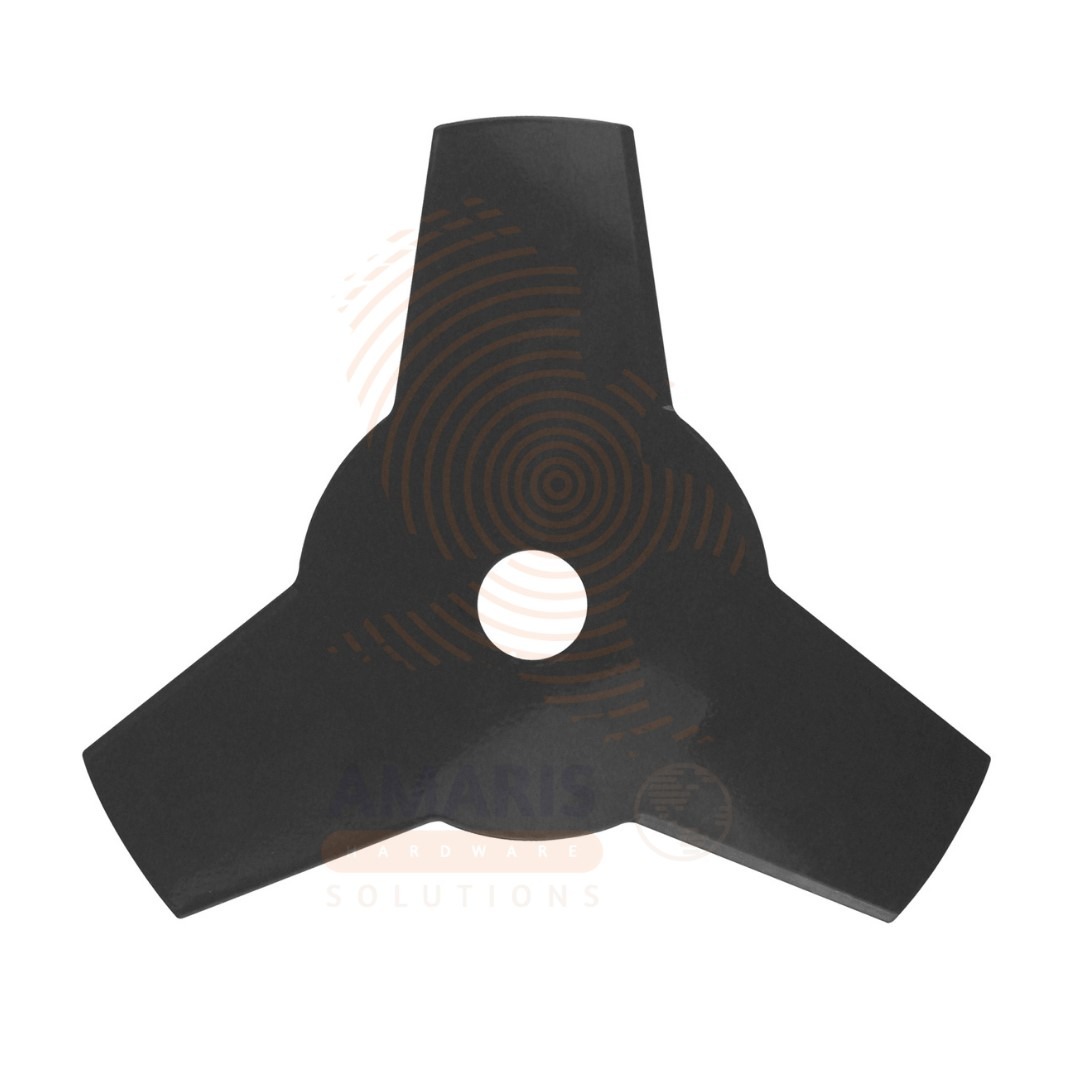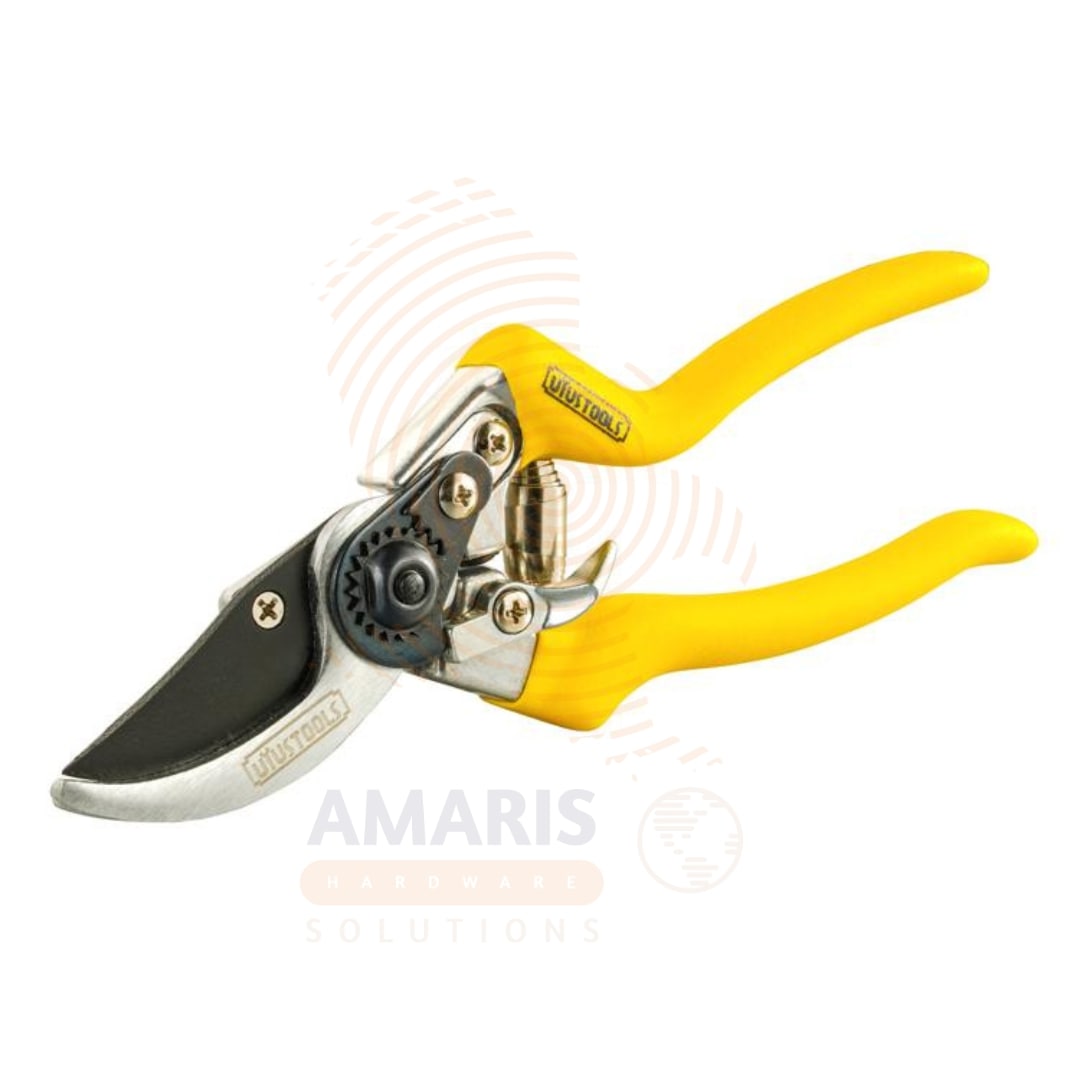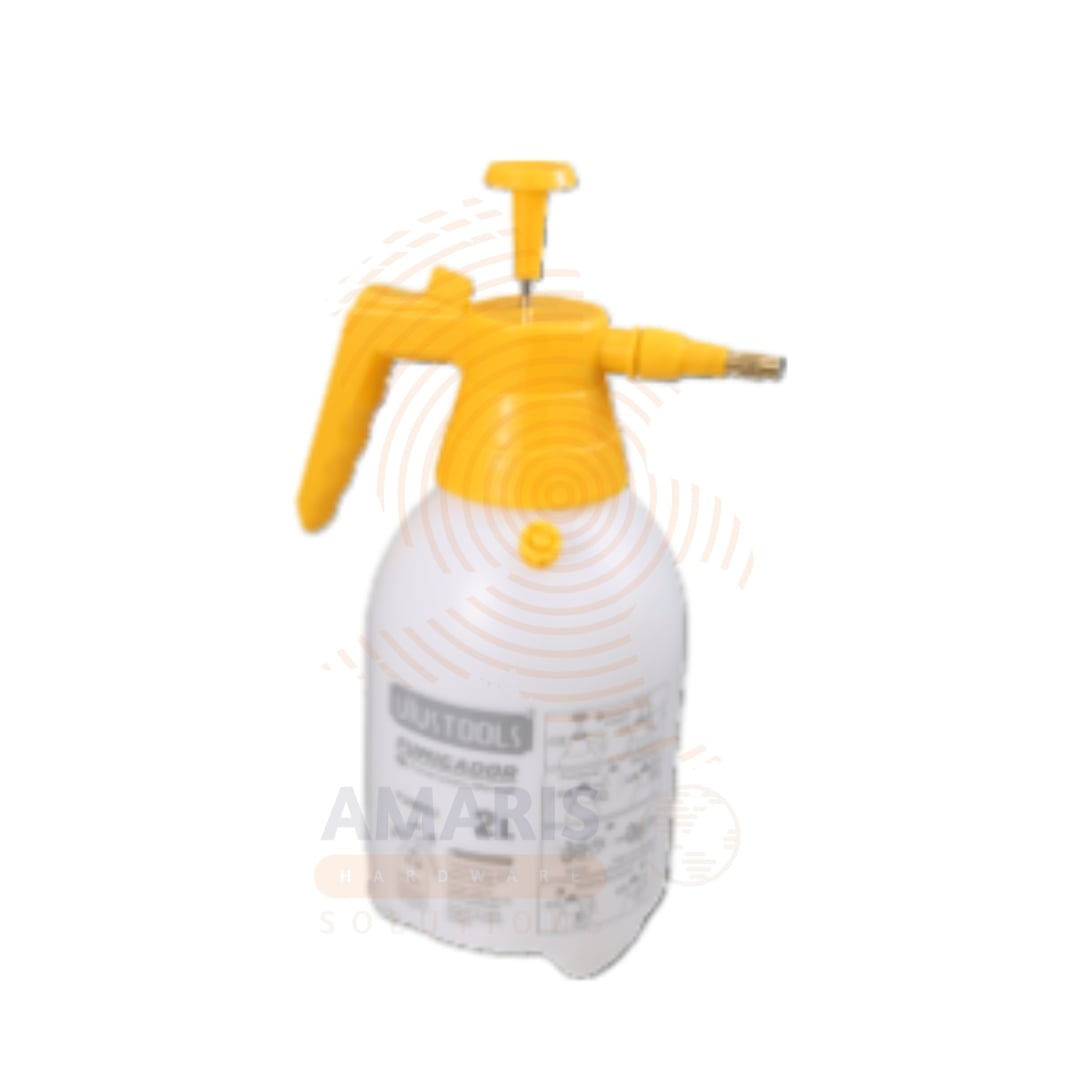The Ultimate Guide to Selecting the Right Pruner for Your Gardening Tasks

Gardening is both an art and a science, and like any craft, having the right tools can make all the difference. When it comes to pruning, not all pruners are created equal. Different tasks require different types of pruners, each designed with specific functions in mind. In this guide, we’ll dive into the three main types of pruners: bypass, anvil, and ratchet pruner. We’ll explore their unique features, uses, and benefits, helping you make the best choice for your gardening needs.
How to Choose the Right Pruner for Your Garden
1. Consider the Type of Plant Material
- Living, Green Stems: If you primarily prune fresh plants, flowers, or delicate stems, bypass pruners are your best bet. Their scissor-like action ensures clean cuts, reducing damage to the plant.
- Dead or Woody Stems: For tougher tasks like cutting back dead branches or thick stems, opt for anvil pruners or ratchet pruners. These pruners are designed for brute force rather than precision.
2. Evaluate the Thickness of the Material
- Thin branches (up to ½ inch): Bypass pruners are ideal for thinner stems, such as flowers, soft shrubs, and small plants.
- Medium branches (½ inch to 1 inch): Anvil pruners work well here, especially if the material is hard or woody.
- Thick branches (over 1 inch): Ratchet pruners will provide the extra leverage needed for thicker, more stubborn branches.
3. Think About Your Comfort
- Hand strength: If you have arthritis or limited hand strength, ratchet pruners are your best option due to the lower effort needed.
- Ease of use: Bypass pruners tend to be the easiest for everyday use, as they are generally lightweight and require less force on smaller cuts.
Quick Comparison: Bypass vs. Anvil vs. Ratchet Pruners
| Feature | Bypass Pruners | Anvil Pruners | Ratchet Pruners |
| Best for | Live, green stems | Dead wood, thick branches | Thick stems, weak hands |
| Cutting style | Scissor-like, clean cuts | Crushes branches against an anvil | Multi-stage cutting action |
| Effort | Moderate effort for clean cuts | More force required | Least effort (ratcheting mechanism) |
| Precision | High (best for living plants) | Low (crushing cuts) | Moderate (good for tough stems) |
| Typical use | Flowers, shrubs, fruit trees | Dead branches, thick shrubs | Thick branches, heavy-duty pruning |
Conclusion
Choosing the right pruner depends on the specific tasks you’re tackling in your garden. For general-purpose pruning of live plants, bypass pruners are ideal, offering clean, precise cuts. When you’re dealing with tougher, woody stems or dead branches, anvil pruners are the go-to tool for a powerful, crushing action. If you need extra leverage for thicker stems or have limited hand strength, ratchet pruners are a fantastic option.
Having a combination of these pruners on hand ensures that you’re prepared for any gardening task, big or small, while promoting the health and growth of your plants.
Happy pruning!


















